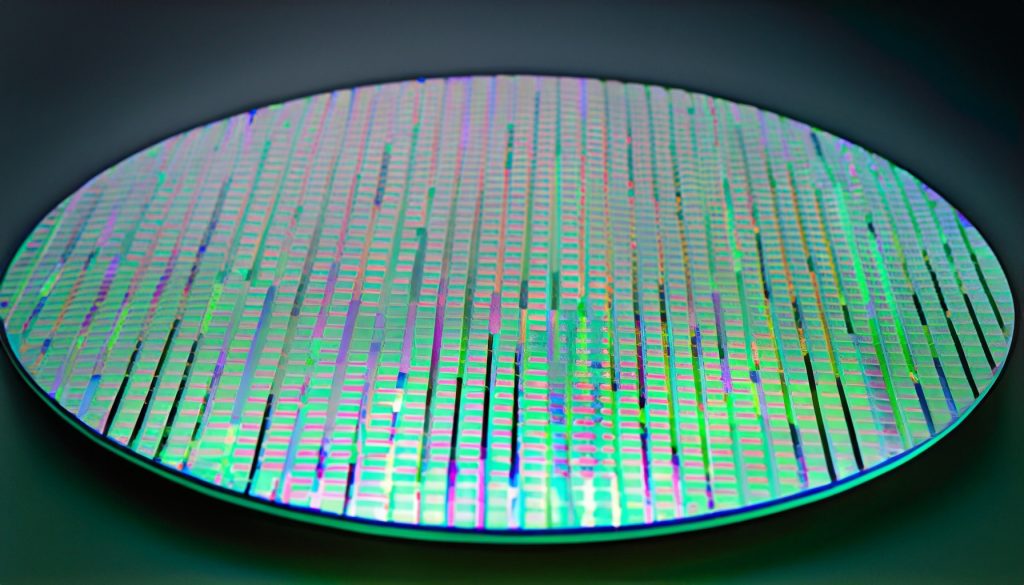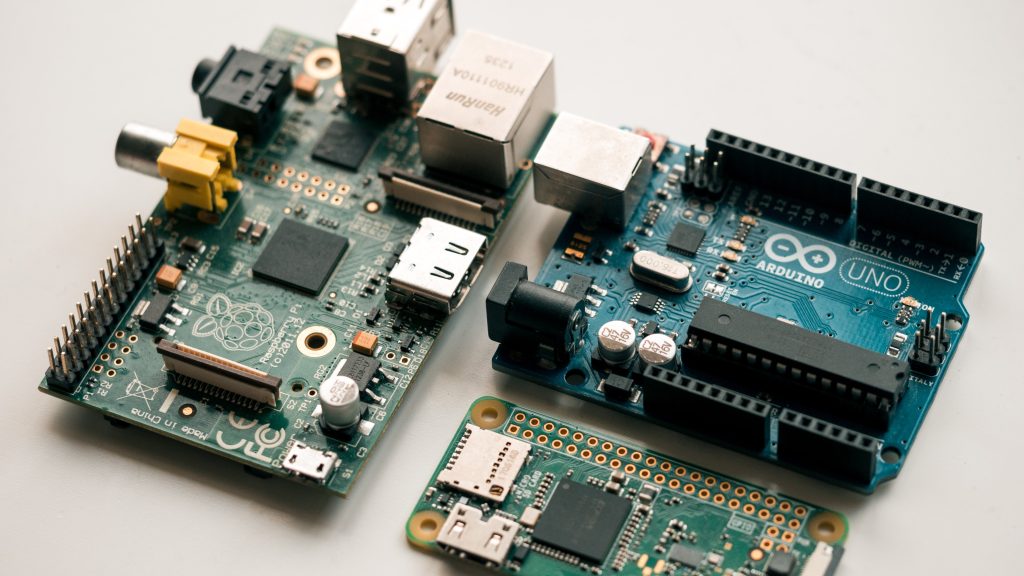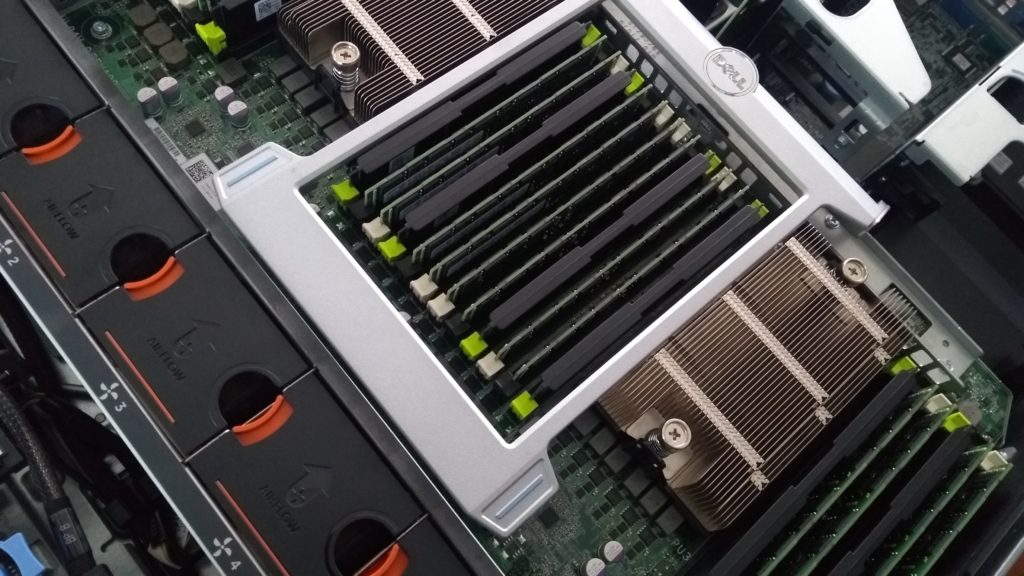Image Generated Using Adobe Firefly
Semiconductor wafer processing is an intricate series of steps to produce integrated circuits on silicon wafers. Artificial Intelligence (AI) has proven to be a powerful tool in refining and enhancing these processes.
AI offers a range of applications in semiconductor wafer processing. Leveraging AI technologies can significantly improve efficiency, yield, and quality. Below are some of the key ways in which AI assists in semiconductor wafer processing:
Process Monitoring:
AI can monitor in real-time the various process parameters during wafer fabrication. AI can predict potential issues by analyzing this data and making real-time adjustments to maintain optimal conditions, ensuring consistent quality across wafers and batches.
Predictive Maintenance:
Tools and machines used in wafer processing need regular maintenance. Using AI and machine learning algorithms, predicting when a tool/machine will likely fail or require maintenance is possible. It reduces unplanned downtime and ensures maximum uptime, which is crucial for high-volume manufacturing environments.
Defect Detection:
Inspecting wafers for defects is a critical step. Using advanced image recognition and machine learning, AI can quickly scan and identify weaknesses that might be hard for a human to detect. Early defect detection can lead to process improvements and reduced wastage.
Process Optimization:
By collecting and analyzing vast amounts of data from various process steps, AI can help optimize process parameters. It not only increases yield but also improves the overall efficiency of the wafer production line.
Besides optimizing processes and detecting issues with the silicon wafer, AI solutions are also being deployed to model and predict future scenarios.

By utilizing prediction techniques, the wafer process is more data-driven and can enable optimized flow that can help in increasing the wafer processed per hour.
Modeling:
AI can help create accurate models of semiconductor processes, facilitating virtual experiments. It aids in understanding potential outcomes without actually running expensive real-world experiments.
Yield Prediction:
By analyzing historical data and real-time inputs, AI models can predict the yield of a particular batch of wafers. It helps make informed decisions regarding resource allocation, process adjustments, and inventory management.
Optimal Utilization:
AI can guide the optimal use of gases, chemicals, and other resources in the wafer processing pipeline, ensuring minimal waste and cost efficiency.
Data Analysis:
Semiconductor processing generates vast amounts of data. AI can analyze this data faster and more accurately than traditional methods, extracting valuable insights that can lead to process improvements.
Integrating AI into semiconductor wafer processing has proved to be an efficient and cost-effective way to ensure high-quality products with a better yield.
As AI technologies evolve and become even more sophisticated, their role in the semiconductor industry will expand, resulting in further innovations.



















